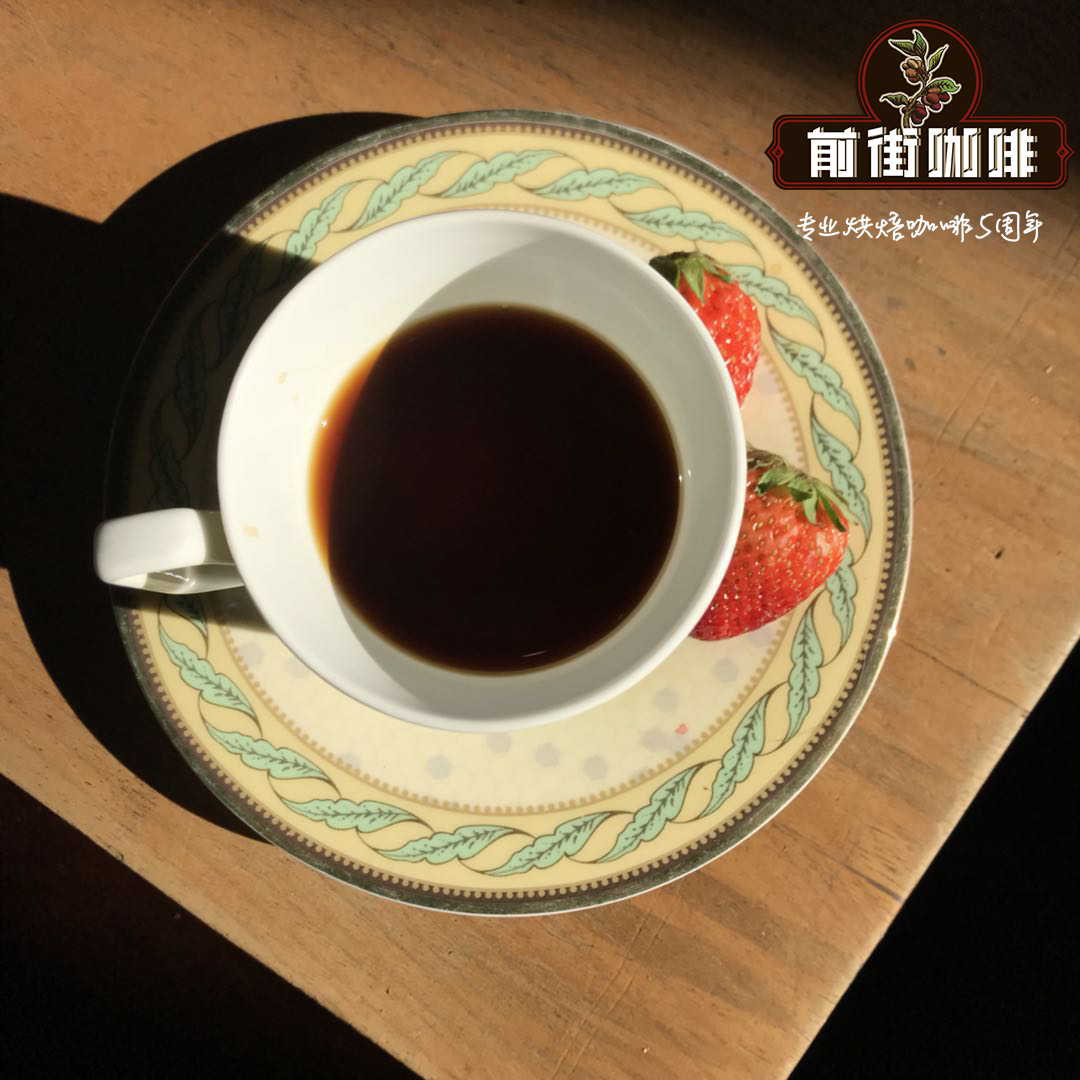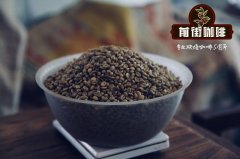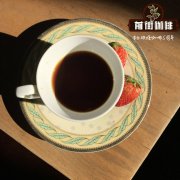Introduction to the advantages and disadvantages of coffee bean solarization process introduction of red wine treatment by coffee bean tanning method

Professional coffee knowledge exchange more coffee bean information please follow the coffee workshop (Wechat official account cafe_style)
This is the most primitive, simple and oldest treatment of coffee. Coffee beans are exposed to strong wine in the sun. According to the relevant literature, Arabs began to use the sun to treat the fruits of coffee more than 1000 years ago in the 11th century.
Treatment process
First pour the coffee beans into a large tank, the underdeveloped inferior beans will float on the surface, pick up the ripe and full fruits that sink to the bottom of the water, lay them in the sun, and often turn them over to pick out defects.
When the water content in coffee beans is reduced to 10%-14%, the peel pectin can be knocked off with a sheller, and the whole coffee bean tanning method is complete.
Disadvantages, coffee beans in the sun is entirely dependent on the weather to eat, the dryness of coffee fruit is more difficult to control. If the sun is not clean, it is easy to mix with impurities. In the process of the sun, the pulp of the coffee fruit has not been removed, so it is often moldy and rotten. Therefore, in the view of many people, the quality of sun-exposed coffee beans is not controllable and the level is not too high.
The advantage is that except for the first step of using water to filter out inferior beans, the other steps no longer need any water, and can be used repeatedly. In areas where water resources are not abundant, this method is simply awesome.
And because sun-dried beans have irreplaceable special flavor, some excellent farms begin to take sun-dried beans seriously, such as putting them on shelves to prevent pollution and fine selection, so today we can see a lot of high-quality sun-dried coffee beans.
Flavor
Although the sun-dried beans are uneven in appearance and different in color, because the coffee beans ripen naturally inside the fruit and are not disturbed by the external environment, the coffee beans have a stronger flavor in the sun, with wine-like fermented taste and sweet taste.
The red wine treatment of coffee beans, also known as red wine treatment, is inspired by the brewing technology of red wine. At present, only eight estates in Colombia have successfully introduced coffee beans treated with this method to the market. According to the data of these eight estates, we can roughly divide the types of red wine treatment into: acetic acid fermentation (Aerobic aerobic fermentation), lactic acid fermentation (Anaerobuic anaerobic fermentation), mixed fermentation (Mix Fermentation=Aerobic+Anaerobuic).
The traditional treatment method is difficult to control the changeable fermentation degree of coffee beans. But red wine treatment rules can ensure the quality of coffee beans by controlling PH value, even temperature and humidity, and airtight fermentation makes aroma less volatile.
The animal ferments and eats, pulls out the gentle mellow fragrance
With regard to animal fermentation, the editor personally thinks it is extremely cruel, the most typical of which is civet coffee (Kopi Luwak).
Principle:
The lactic acid bacteria and digestive juices in the digestive tract of animals are used to remove the pectin from the pulp and the surface of the pods. The beans are excreted with the feces, and after cleaning, they are precious grains of fermented beans in the body. In addition to the civets, there are also Phoenix-crowned pheasants, monkeys and elephants in fermented beans in animals, but none of the latter have formed a scale, only civets stand out.
At first, it was because the musk cat haunted at night, relying on its eyesight and sense of smell, chose the reddest coffee fruit to eat, and was not interested in the half-unripe fruit, so the beans excreted were all ripe and well-ripe. These fecal beans are washed and then baked, killing all bacteria. The most important feature is that the flavor is gentle and the taste is doubled, while the fundamental flavor depends on the variety of coffee eaten by the civet.
In New York, a pound of civet coffee costs $500, while in Hong Kong, a cup of civet costs $50. Later, people discovered this business opportunity and began to raise civets in large quantities and keep feeding coffee beans, thus producing more Kopi Luwak for profit.
Some examples show how fermentation can improve or reduce the quality of coffee or even reach an eight-point difference.
When most boutique coffee scores are defined at 80-92 out of 100, eight is a startling difference.
Important Notice :
前街咖啡 FrontStreet Coffee has moved to new addredd:
FrontStreet Coffee Address: 315,Donghua East Road,GuangZhou
Tel:020 38364473
- Prev

Introduction to the Flavor of Coffee beans by Solar treatment
Professional coffee knowledge exchange more coffee bean information please follow the coffee workshop (Wechat official account cafe_style)
- Next

Flavor characteristics of washed coffee beans what's the difference between washed and sun-washed Yega Chuefei?
Professional coffee knowledge exchange more coffee bean information please follow the coffee workshop (Wechat official account cafe_style)
Related
- What is the meaning of lactic acid fermentation with coffee bean treatment?
- How to judge the state of foam by sound?
- How does the latte pull out the unicorn pattern? Come to get for a little trick to improve the flower pull!
- Will flower pulling affect the taste of the latte?
- Do you know the history of coffee?
- The difference between honey treatment and sun washing what is raisin honey treatment?
- What kind of milk can a novice use to make coffee foam to keep the foam longer? The correct method and skills of milking tutorial sharing
- Why do washed coffee beans taste sour? Flavor characteristics of washed Coffee
- Introduction to the skill of how to practice the size and height of water injection around the circle of hand-brewed coffee
- How do beginners practice coffee flower drawing from scratch?

